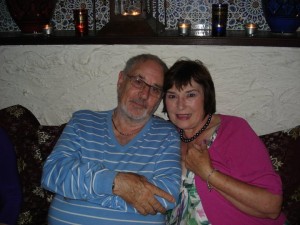Our February Christmas
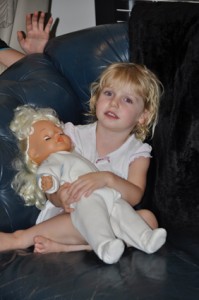 My adult children from London, daughter Serena, husband Jon and my three grand-children, arrive in Adelaide in the middle of a storm in February.
My adult children from London, daughter Serena, husband Jon and my three grand-children, arrive in Adelaide in the middle of a storm in February.
Poor things. They hate London’s dreary, dismal weather and yearn for their once-a-year visit to sunny Australia, the tail end of cyclone Yasi lashes us with drenching rain when we drive to our island home on Hindmarsh Island. The fierce downpour lasts all day and into the night.
Two days ago I had my gallbladder removed and I am feeling sore and somewhat unwell, but their arrival spurs me to cook roast duck and everyone’s favourite roast potatoes in duck fat. I had remembered miraculously, to take the duck out of the freezer on Tuesday before I went into hospital on Wednesday before we picked them up from the airport on Thursday evening. Whew! And it seems such a stroke of genius to simply place the duck in the oven and heat up frozen raspberries on Friday evening.
But I leave the daughter and daughter-in-law, Vanessa to take over the kitchen, set the table and muster the children and I lie, stretched out on the recliner chair listen to the pleasant sounds of domesticity.
Our one big living room has the children perched at a fold-out picnic table alongside our restored 19th century French oval table, where the six adults sit. I rise to join them although those four stab wounds in my stomach pull mercilessly.
The duck is tender and moist and my children all agree no-one makes duck quite like their mum.
The table is cleared by everyone but me as I resume my restful state on the extenda-lounge. And I observe my family. Vanessa is sketching with grand-daughter, Josephine, 3, whose back is to me. “I am drawing a bird, grandma,’’ she calls.
Josephine is an angel-child and she has been singing a repertoire of songs which generally begin or end with “Joy to the world, To all the boys and girls, Joy to the fishes in the deep blue sea, Joy to you and me.’’ It’s a song my daughter Serena taught her and which she herself learnt at St Johns Lutheran School in Highgate, SA. And it is a joy to hear the delightful little girl sing like a bird in her sweet, somewhat husky voice.
The genes fascinate me and I look in wonderment at this gem of a grand-daughter with blonde h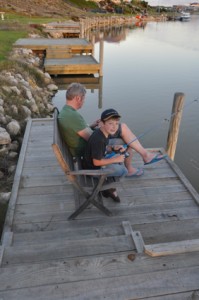 air and blue eyes which mirror the sky as she brings her bird drawing for my praise.
air and blue eyes which mirror the sky as she brings her bird drawing for my praise.
She is unlike her dark-haired, dark-eyed mother, my own mother, who had eyes like “limpid pools of velvet darkness’’, according to my father or myself.
Serena is washing up at the sink and my husband Olivier and Tyson are merrily making couscous: chopping olives, onions, peppers and parsley and opening tins of corn and chick peas. This is not a quiet activity as they noisily mix the special marinade to complete what is Oli’s signature dish.
Ours has never been a quiet, contained household, not since my children were the same age as the grandchildren , Samuel, 9, Angus, 7 and Josephine. We are a rowdy mob, personified in Tyson’s booming voice and his lyrical wit and hearty laugh.
After this wonderful mayhem, we gather together to celebrate our Christmas in February, exchanging gifts, lovingly wrapped almost two months ago. Except for the blonde-haired doll, an extra, which I bought at a garage sale for $5 for Josephine to play with while holidaying with her grandma.
Life is beautiful just sitting in post-operative reflection for the weekend as the whole family departs to the jetty at our island home to fish from the swollen River Murray.
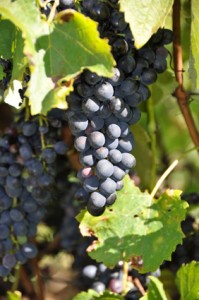 Another day of pure pleasure searching for the rare cepe mushrooms in Kuitpo Forest.
Another day of pure pleasure searching for the rare cepe mushrooms in Kuitpo Forest.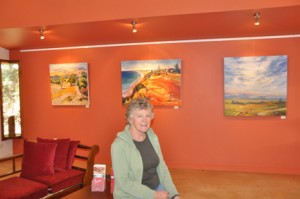
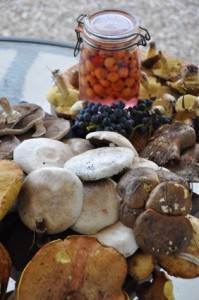 A few kilometres further on we strike Kuitpo Forest, but opposite, I spy an exotic garden surrounding the strangely-named Lazy Ballerina Winery cellar door.
A few kilometres further on we strike Kuitpo Forest, but opposite, I spy an exotic garden surrounding the strangely-named Lazy Ballerina Winery cellar door.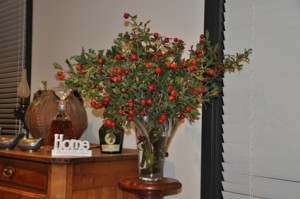 There are myriad ways to bring pleasure into our lives and it helps to know that spontaneity is one element of longevity.
There are myriad ways to bring pleasure into our lives and it helps to know that spontaneity is one element of longevity.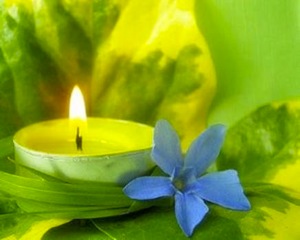 It’s World Cancer Day and there is really only one statistic to remember today: 11 million people worldwide are cancer survivors who will celebrate a birthday this year.
It’s World Cancer Day and there is really only one statistic to remember today: 11 million people worldwide are cancer survivors who will celebrate a birthday this year.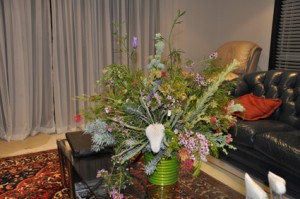 There is a spectacular grouping of mature shrubs which, I suspect, have been planted by Hindmarsh Island’s local community revegetation volunteers on a strip of land adjoining old post and rail cattle yards. This native garden, just down the main road, is where shrubs are flowering beautifully in March.
There is a spectacular grouping of mature shrubs which, I suspect, have been planted by Hindmarsh Island’s local community revegetation volunteers on a strip of land adjoining old post and rail cattle yards. This native garden, just down the main road, is where shrubs are flowering beautifully in March.